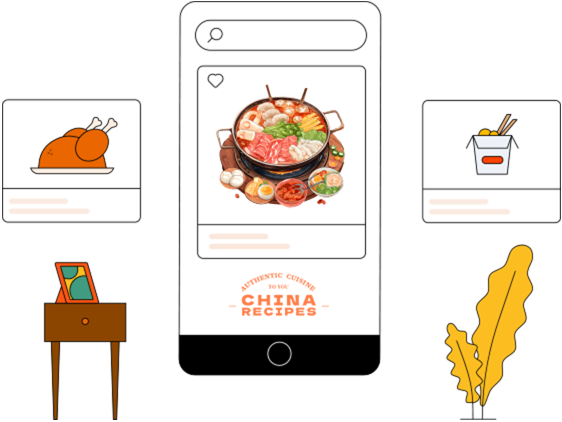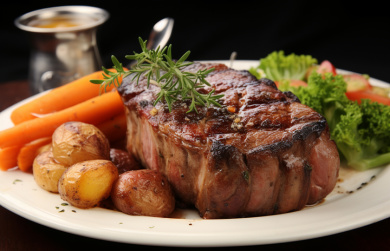Can Stainless Steel Go in the Oven? What You Need to Know
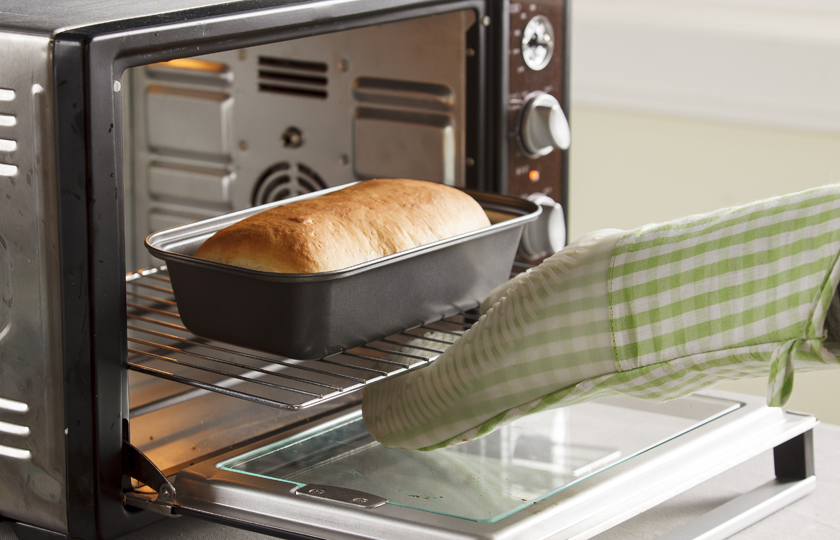
Essential for Kitchen Newbies! Can Stainless Steel Go in the Oven? Today, I’m sharing some super practical kitchen knowledge about stainless steel and ovens!
Can Stainless Steel Go in the Oven?
Yes, stainless steel can go in the oven.
It has excellent heat resistance and can generally withstand the temperature range of a home oven (around 100°C to 250°C) without being damaged. However, it's important to note that stainless steel has poor heat conductivity, which may result in longer cooking times or uneven heating.
Additionally, some coated stainless steel may release harmful substances at high temperatures, so it’s best to choose uncoated stainless steel products.
Is Stainless Steel Oven-Friendly?
Due to its alloy composition, stainless steel is a metal made from two or more elements and has a high melting point, which makes it oven-safe.
If you plan to use stainless steel cookware in the oven, make sure to buy high-quality “composite” stainless steel cookware (made from layers of different metals, like stainless steel and aluminum). Low-quality stainless steel isn’t always oven-safe, and using it in high oven temperatures can be dangerous.
When purchasing oven-safe stainless steel cookware, we recommend choosing 18/10, 304, or 430 grade stainless steel for optimal performance in the oven.
Be sure to avoid cookware with aluminum bottoms, as they can't handle high oven temperatures. If your cookware is oven-safe but has plastic or wooden handles, avoid using it in the oven— even high-quality stainless steel handles can melt.
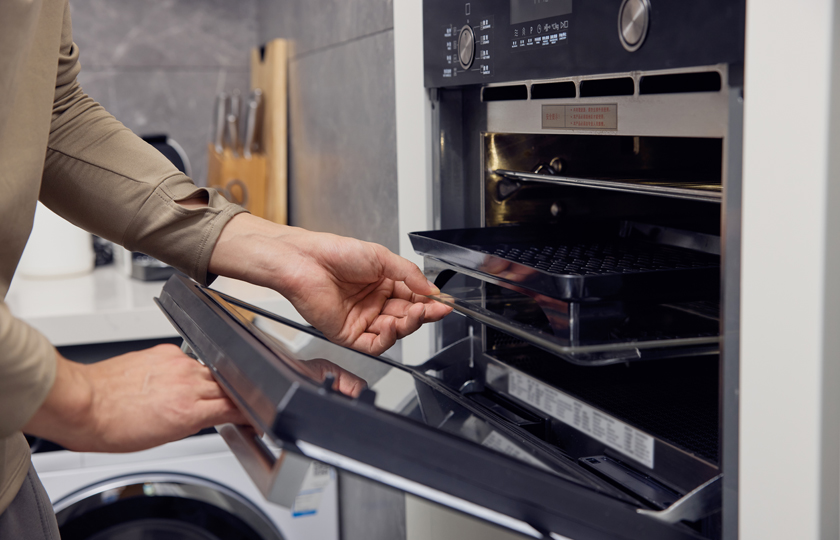
What’s the Maximum Temperature for Stainless Steel Bakeware?
Standard stainless steel bakeware: Typically, it can withstand temperatures up to 500°F (260°C), making it suitable for baking, roasting, and other common cooking tasks.
Bakeware with plastic or wooden handles: If the bakeware has plastic or wooden handles, the maximum temperature is usually limited to between 250°F and 350°F (120°C to 175°C).
How to Safely Use Stainless Steel in the Oven
1. Check if the cookware is labeled "Oven-Safe"
Make sure your stainless steel cookware is explicitly labeled as oven-safe. Some stainless steel items may contain parts that are not suitable for high temperatures, like plastic or wooden handles or decorative coatings, which could limit its use in the oven.
2.Avoid Extreme Temperature Changes
Stainless steel is sensitive to temperature changes. Suddenly placing cold stainless steel cookware into a hot oven or exposing it to cold water immediately after removing it from the oven can cause deformation or damage. So, avoid putting cold stainless steel directly into the oven.
3. Don’t Exceed the Recommended Temperature Limits
Most stainless steel cookware can withstand temperatures up to 500°F (260°C), but some may have lower heat resistance. Always check the manufacturer's instructions for the maximum temperature tolerance.
4. Avoid Direct Contact with Open Flames or Heat Sources
Even though stainless steel is heat-resistant, try to avoid placing it directly under an open flame or on heat sources like the top or bottom of the oven. This reduces the risk of damage.
5.Use Proper Bakeware and Racks
If you’re using stainless steel bakeware, it’s best to choose pans with appropriately thick bottoms to ensure even heat distribution and avoid overheating in any one spot. For oven racks, make sure the material and structure are suitable to handle high heat.
6.Check for Coatings
If your stainless steel cookware has a non-stick coating, metal decorations, or any other decorative layer, check if they’re heat-resistant. Some coatings can degrade at high temperatures, causing them to peel or discolor.
7.Avoid Sudden Vibrations at High Temperatures
When operating, avoid excessive shaking or bumping in the oven, as it can put stress on stainless steel cookware, especially on thinner surfaces.
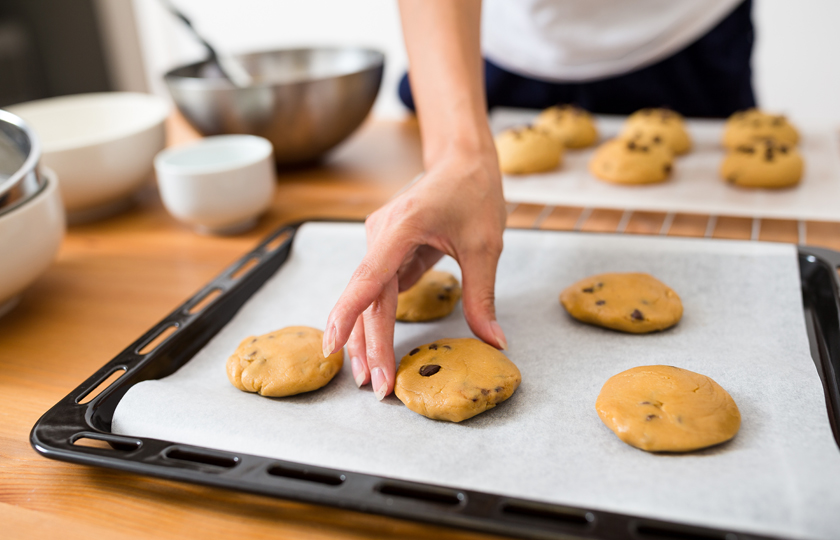
What Temperature Can Damage Stainless Steel?
Most stainless steel used for kitchenware (like baking pans and cookware) can handle temperatures ranging from 500°F (260°C) to 800°F (427°C) without being damaged.
However, exposure to temperatures above 1000°F (540°C) could cause stainless steel to warp or be damaged, especially if exposed for long periods.
So, avoid extreme temperatures and always follow the manufacturer's temperature recommendations.
Which Metal Cookware Should Not Go in the Oven?
- Disposable aluminum containers or thin aluminum cookware
- Uncoated copper cookware
- Metal cookware with plastic or silicone coatings
- Uncoated cast iron cookware
- Plated or coated metal cookware
- Some cast aluminum cookware
For the best cooking results and safety, choose metal cookware made from high-temperature materials like stainless steel, cast iron, or heat-resistant aluminum.
What Foods Should Not Be Cooked in Stainless Steel?
1.Acidic Foods (like tomatoes, vinegar, citrus): These can affect the taste and react with the metal.
2.High-Salt Foods (like salted meats, pickled foods): Prolonged exposure to salt can damage the cookware.
3.Sugars and Concentrated Juices: Sugars can stick to the pan when heated and be difficult to clean.
4.Dairy Products (like milk, cream): These may react with stainless steel at high temperatures, affecting the taste.
5.High-Starch Foods (like pasta or potatoes): These can stick to the cookware.





